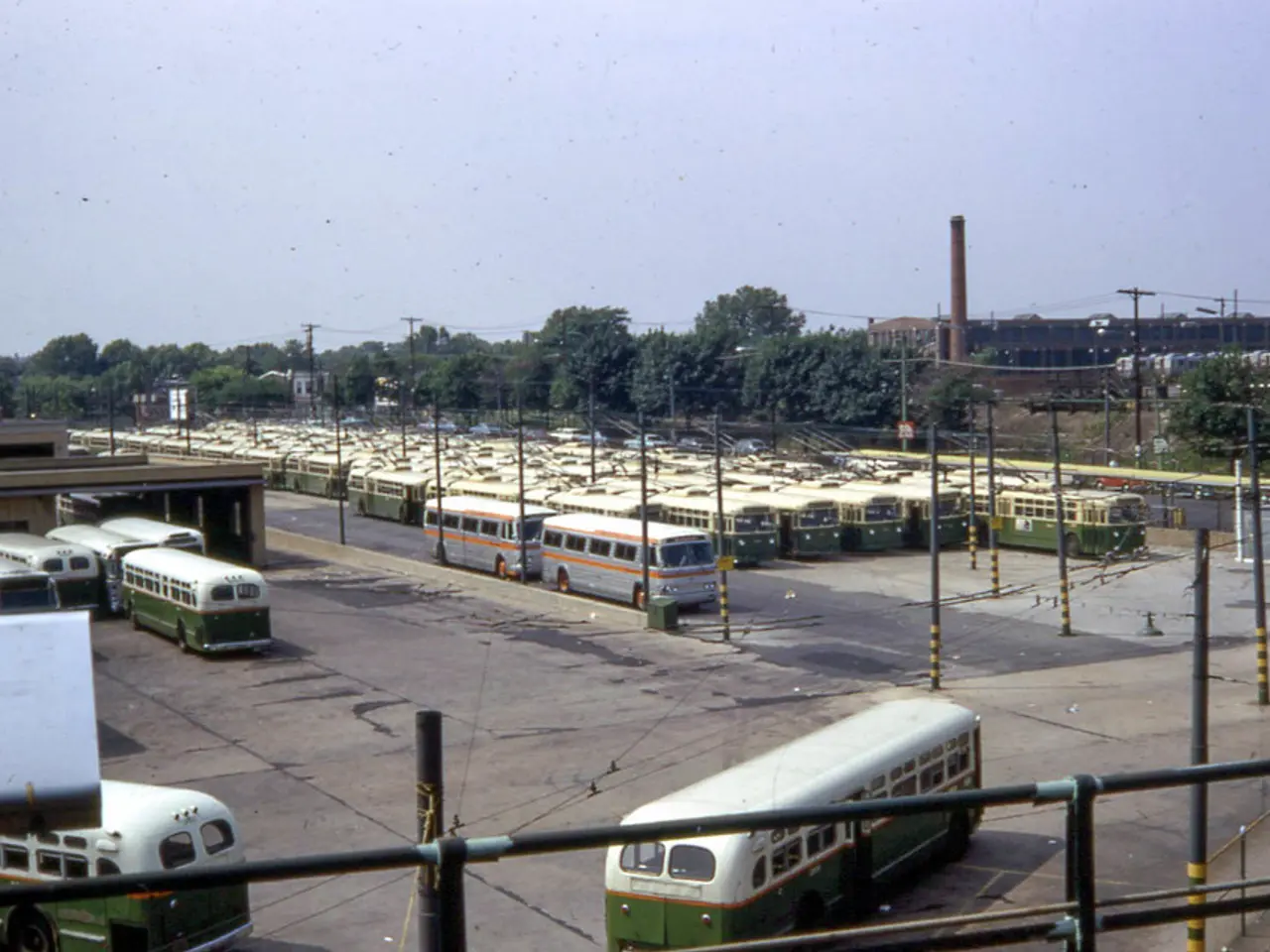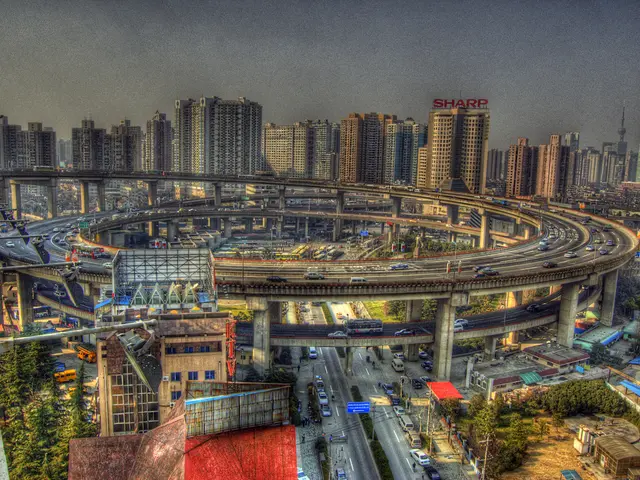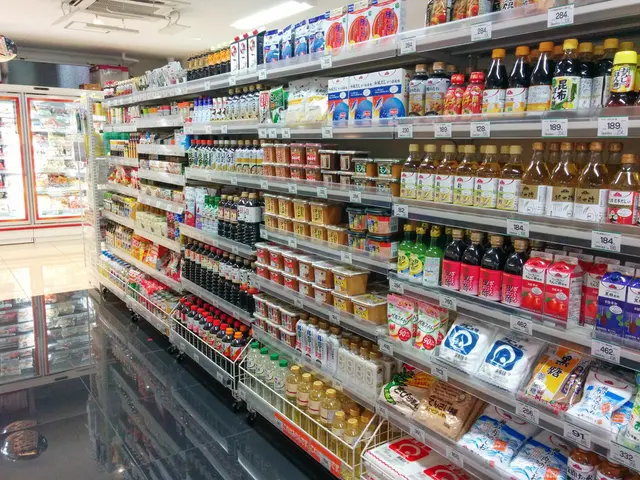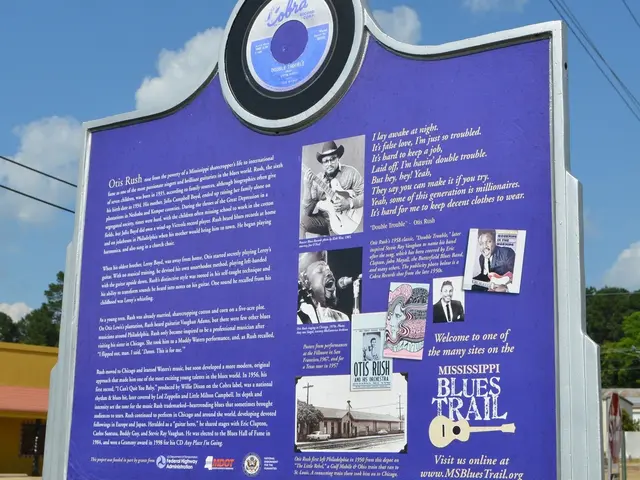Saxony-Anhalt's Public Transport Faces Major Challenges, Needs €42-77M Annually by 2040
Public transport in Saxony-Anhalt faces significant challenges, with maintenance issues, skilled worker shortages, and insufficient funding. A study by the Association of German Transport Companies (VDV) suggests annual investments of 42 to 77 million euros by 2040 could improve services.
The cheaper option involves tackling the maintenance backlog, converting vehicles to emission-free drives, and implementing digital control systems. This could cost less but still make a significant difference.
The more expensive scenario, however, aims to transform public transport for about half of the state's population. This would involve expanding street and tram networks by 40% and introducing flexible on-demand buses in rural areas. Despite the higher cost, it promises improved connections and flexibility.
Currently, ticket sales cover only 25% of public transport costs in Saxony-Anhalt. Alexander Möller, CEO of the VDV, believes that with the right investments, a better public transport system can be created to serve everyone in the region.
Improving public transport in Saxony-Anhalt will require substantial investment, with estimates ranging from 42 to 77 million euros annually by 2040. Both cheaper and more expensive scenarios offer potential solutions, but they share a common goal: to create a public transport system that is efficient, affordable, and accessible to all.








